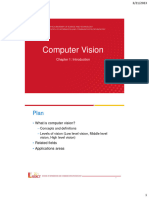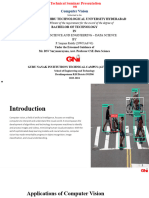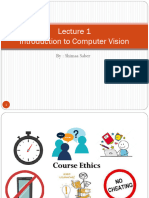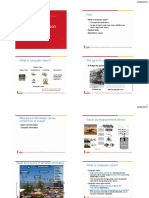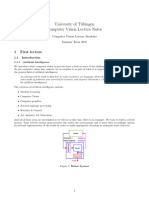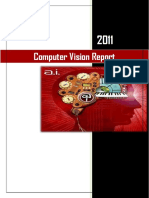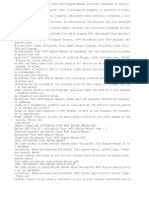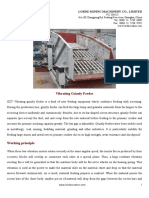0% found this document useful (0 votes)
28 views3 pagesComputer Vision Image Processing Answers
The document provides an overview of computer vision, defining it as a field that enables machines to interpret visual data, with applications in areas such as face recognition and autonomous driving. It differentiates between image processing and computer vision, highlighting their interdependence, and discusses the goals and importance of computer vision in enhancing decision-making and accuracy in various fields. Additionally, it addresses the relationship between computer vision and AI, as well as the role of biological and computational vision.
Uploaded by
vedu1831Copyright
© © All Rights Reserved
We take content rights seriously. If you suspect this is your content, claim it here.
Available Formats
Download as PDF, TXT or read online on Scribd
0% found this document useful (0 votes)
28 views3 pagesComputer Vision Image Processing Answers
The document provides an overview of computer vision, defining it as a field that enables machines to interpret visual data, with applications in areas such as face recognition and autonomous driving. It differentiates between image processing and computer vision, highlighting their interdependence, and discusses the goals and importance of computer vision in enhancing decision-making and accuracy in various fields. Additionally, it addresses the relationship between computer vision and AI, as well as the role of biological and computational vision.
Uploaded by
vedu1831Copyright
© © All Rights Reserved
We take content rights seriously. If you suspect this is your content, claim it here.
Available Formats
Download as PDF, TXT or read online on Scribd
/ 3















